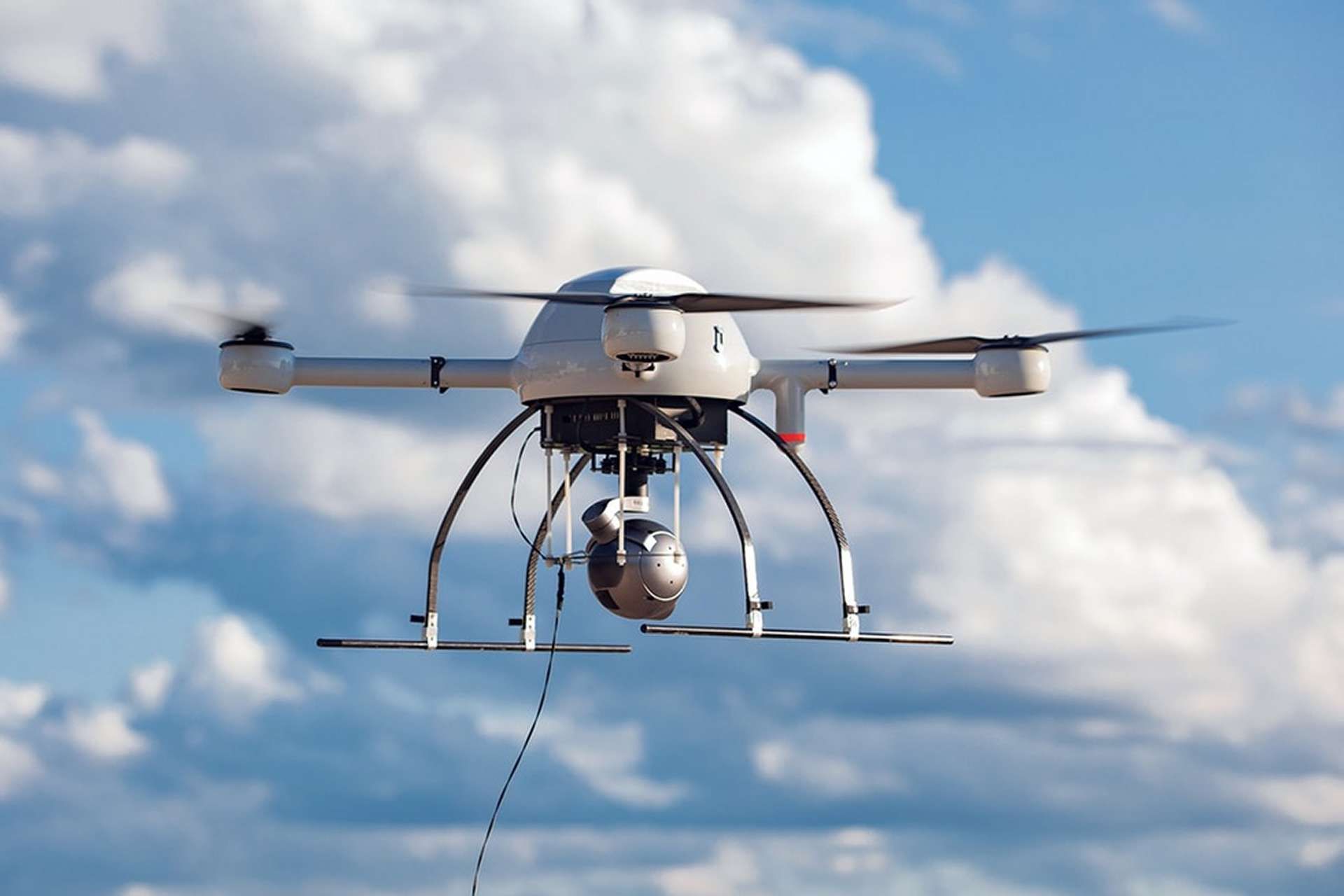Breaking News
SPA Kvazimachta An Essential Surveillance Tool for Russia’s Borders Tested in Ukraine.
The modernization of the device lifting system (SPA) "Kvazimachta," produced by the "Kalashnikov" group, received positive feedback after being tested in Russia's border regions, specifically in Ukraine. Designed for reconnaissance missions, this system uses a drone connected to a cable to transmit real-time data. One of the key improvements made was doubling the length of the power cable, responding to the needs of field users, thereby offering greater operational flexibility.
Follow Army Recognition on Google News at this link

The SPA "Kvazimachta" is a specialized drone used for surveillance and reconnaissance missions. (Picture source: Kalashnikov)
The SPA "Kvazimachta" is a specialized drone used for surveillance and reconnaissance missions, capable of operating in both visible and infrared spectrums. Unlike conventional battery-powered drones, this drone is connected via a cable that not only provides continuous power but also serves as a channel for real-time data transmission, avoiding radio interference or wireless connection failures. This configuration is particularly advantageous in complex environments where communication may be challenging.
The use of a cable in the SPA "Kvazimachta" system offers several advantages. Firstly, it allows for uninterrupted power supply, thus eliminating the limitations of conventional drone batteries, enabling prolonged surveillance operations without interruption. Additionally, the cable improves communication security by preventing electromagnetic interference, a potential vulnerability in wireless transmissions that could be exploited by an adversary. The cable also ensures better data transmission, which is crucial for real-time reconnaissance missions in environments where wireless connectivity may be compromised.
The extension of the cable length to 200 meters, as done in the new version of the SPA, offers greater operational flexibility. It allows the drone to operate at a higher altitude or a greater distance from the control station while continuing to receive a constant flow of energy and data.
Despite its advantages, using a cable presents certain disadvantages. One of the main challenges is the limitation of the drone's mobility. Unlike a wireless drone, which can move freely and cover vast areas, a drone tethered by a cable is restricted by the length of that cable. This can complicate missions where movement flexibility is crucial.
Moreover, cables, while durable, can be vulnerable to physical damage, whether from environmental conditions or enemy attacks. Their installation and maintenance can also be more complex than those of conventional drones, due to the fragility and technical constraints associated with cables, particularly fiber optic ones, which require specialized equipment and trained technicians.
While the addition of a cable limits the drone's mobility, it offers crucial advantages in terms of communication security and reliability, as well as uninterrupted power supply. By extending its operational capabilities with a longer cable, the system meets the needs of the armed forces in difficult environments where wireless technology may prove insufficient or vulnerable. However, it remains important to consider the challenges related to using this technology, particularly the logistical complexity and risks associated with cable integrity. Nevertheless, the drone in question appears to have satisfied the Russian army, and we may see more of this kind of system in the future.

The modernization of the device lifting system (SPA) "Kvazimachta," produced by the "Kalashnikov" group, received positive feedback after being tested in Russia's border regions, specifically in Ukraine. (Picture source: Kalashnikov)


























